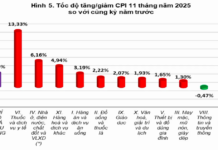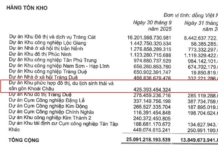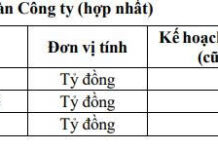In its monetary policy meeting that concluded on July 31, 2024, the US Federal Reserve (Fed) kept interest rates unchanged at a 23-year high. However, this Fed meeting is considered the most important in a while as the central bank nears a pivot to cutting rates.
In all four Fed meetings from the beginning of the year until this one, rate cuts have been a “wait-and-see” story. But at this meeting, new developments on inflation and the job market allowed Fed officials to signal that a rate reduction is likely to be initiated at the next meeting in September 2024.
Fed Chair Jerome Powell has long weighed the risks of cutting rates too early versus waiting too long. In the end, he seemed to have opted for the former, as the reason for not cutting rates immediately (despite conducive conditions) is that this would be the first in a series of reductions to bring rates down from their highest level since 2001. Fed officials have been caught off guard by inflation before, and they want more evidence that it is indeed easing to a level that allows them to reduce rates comfortably.
However, the Fed is also increasingly concerned about being too slow to cut rates and missing the opportunity for a soft landing. “Getting inflation down to 2% while sustaining a still-strong job market is the most important goal I’ve ever had as Fed Chair,” Powell testified before Congress in July 2024.
“If inflation comes down as I expect, and the economy performs about as expected, I would be in favor of a rate cut at the September meeting,” Powell said at a press conference on July 31, 2024.
In a recent interview, New York Fed President John Williams spoke about the resilience of economic activity in the recent period, stating that the authorities would “learn a lot in the period from July to September 2024.” However, he also added that “the time will come when we have to make a decision” on “how to reduce the degree of monetary policy tightening.”
The Fed’s readiness to lower rates reflects three factors: (i) improved inflation data; (ii) signs of a cooling job market; and (iii) a shift in calculus regarding the risks of persistent high inflation versus an unnecessary economic slowdown.
INFLATION EASING PROCESS BACK ON TRACK
The core personal consumption expenditures (PCE) price index, the Fed’s preferred inflation measure, which excludes the volatile food and energy sectors, eased to 2.6% in June from 4.3% a year earlier and a peak of 5.6% two years ago. Williams stated that disinflation is broad-based, dismissing concerns that the final stretch of the journey to the Fed’s 2% target would be particularly challenging.
“This isn’t really a story about a ‘last mile’ or a particularly difficult part of the disinflation journey. Other inflation measures are moving in the right direction, quite consistently,” Williams said.
Inflation in the US economy eased in 2023 even as the economy maintained solid growth, thanks to the easing of bottlenecks in the labor and goods markets. Powell has repeatedly warned that price measures tend to lag changes in economic conditions, so waiting for inflation to fall precisely to 2% before cutting rates could mean “we would have overly delayed.”
JOB MARKET LOSING STEAM
The US unemployment rate rose to 4.1% in June 2024 from 3.7% at the end of 2023, mainly due to slower hiring and longer job searches. This dynamic limits workers’ ability to demand higher wages, which could keep inflation elevated.
Powell’s recent comment that the job market is “no longer a source of inflationary pressure across the board” suggests that a significant concern about resurgent inflation has abated.
Two years ago, Fed officials argued that the labor market was so tight that companies might respond to higher interest rates and weaker demand by reducing the number of open positions rather than laying off workers. So far, this assessment by monetary policymakers has been correct. “The labor market is in a very good place right now. We need to keep it there,” Fed Governor Christopher Waller said recently…
https://postenp.phaha.vn/chi-tiet-toa-soan/tap-chi-kinh-te-viet-nam

Propose adding a bad scenario script to “shock” the economy
In addition to the positive economic growth scenarios for 2024, Vietnam needs to prepare for negative scenarios to enhance its ability to cope with unexpected shocks.










































